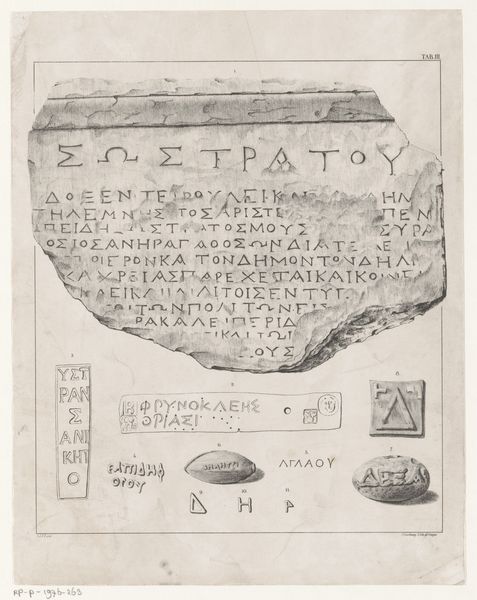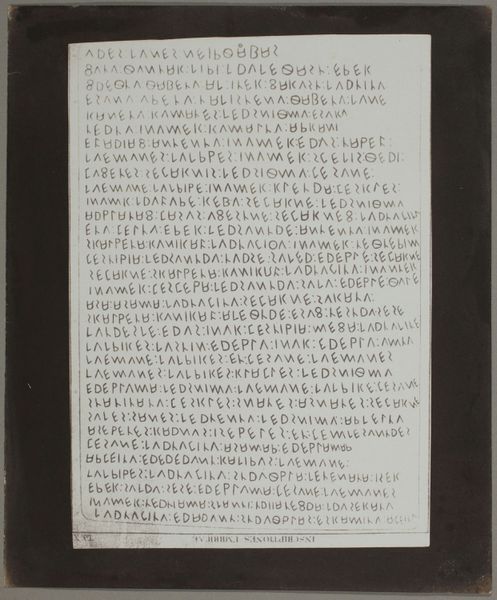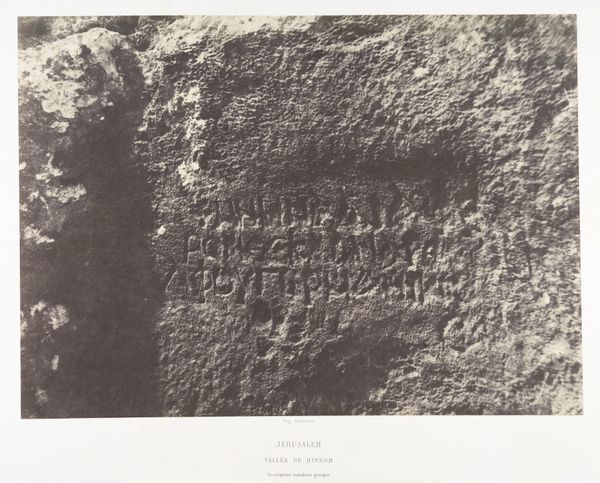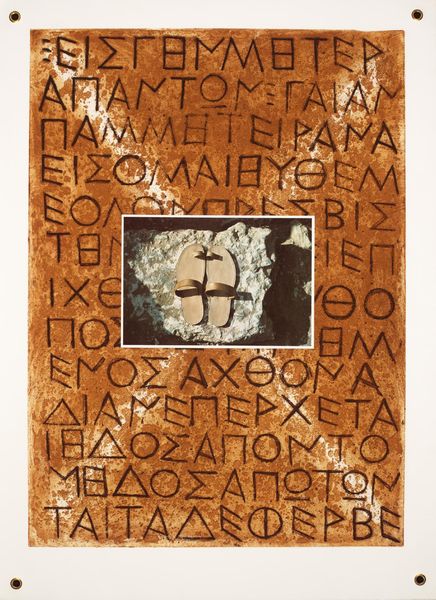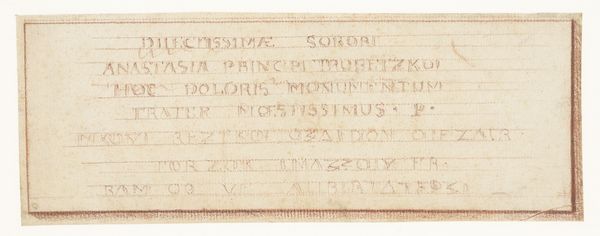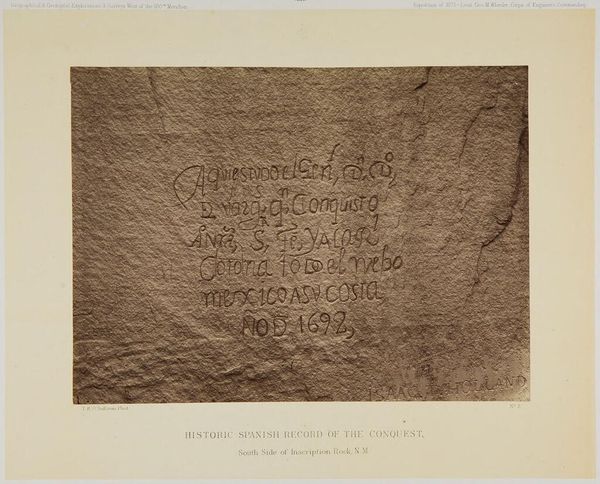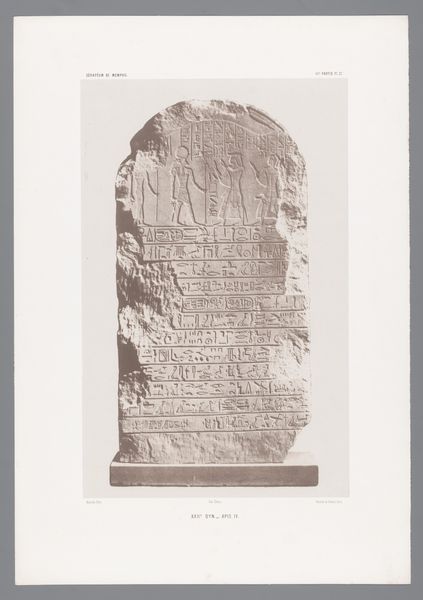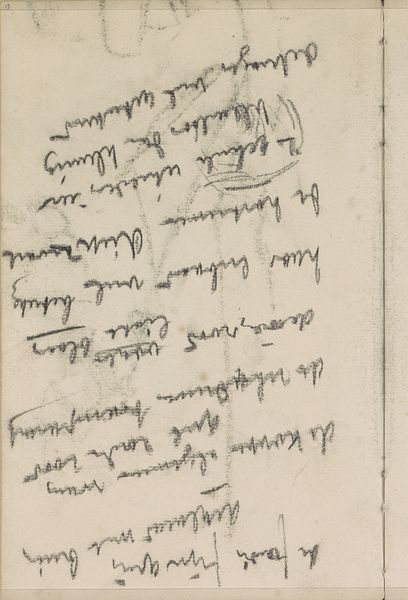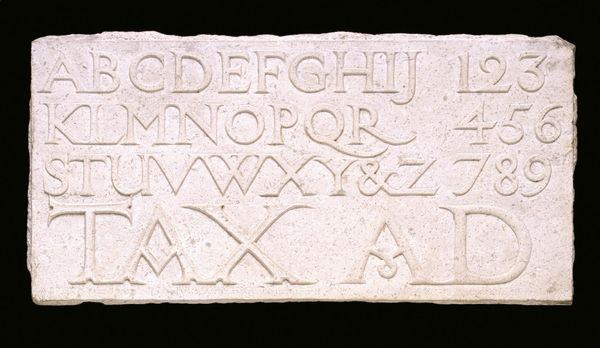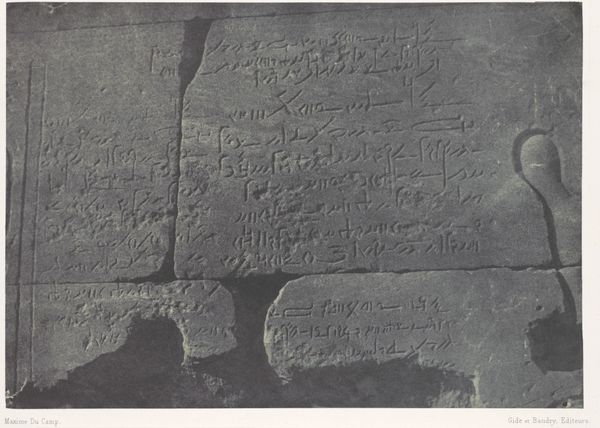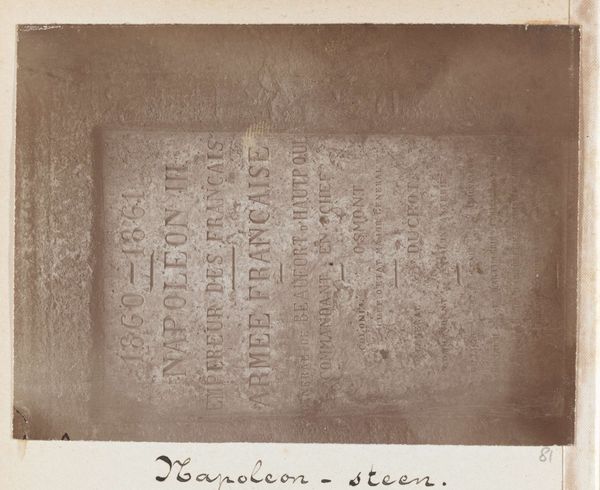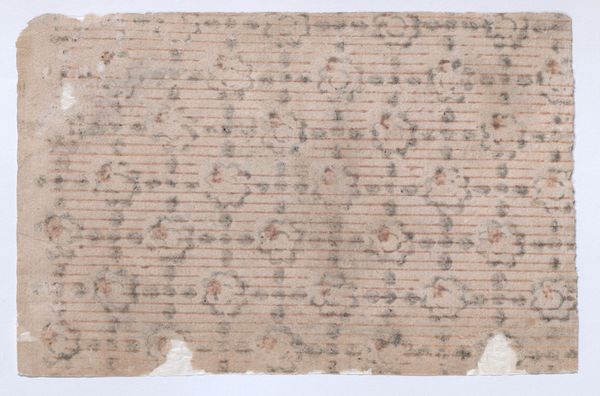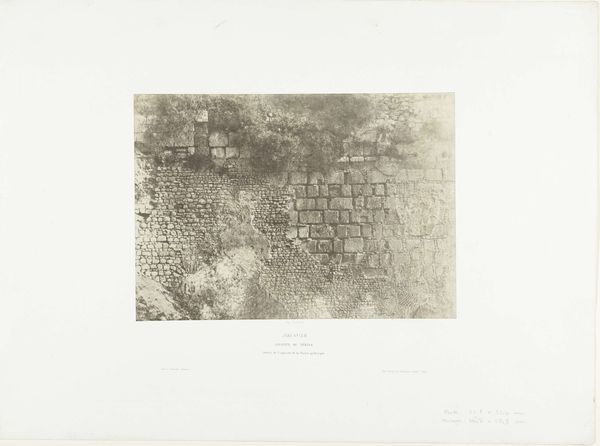
drawing, paper, ink
#
drawing
#
greek-and-roman-art
#
landscape
#
figuration
#
paper
#
ink
#
geometric
#
ancient-mediterranean
Dimensions: height 300 mm, width 235 mm
Copyright: Rijks Museum: Open Domain
Editor: This drawing, "Griekse inscripties," is from sometime between 1819 and 1897, created by Tiemen Hooiberg using ink on paper. I’m immediately struck by how these geometric forms appear almost like fragments pieced together. How do you interpret this work? Curator: I see echoes of cultural memory embedded within these meticulously rendered inscriptions. Note how the artist has captured not only the shapes of the stones but also the texture, almost inviting us to touch these fragments of the past. The Greek text itself acts as a potent symbol of continuity. Editor: Continuity? In what way? Curator: Well, consider that these are copies of ancient inscriptions. They act as bridges, connecting Hooiberg's time with the classical world. Each inscription is a symbolic doorway, leading us back to the ideas, beliefs, and stories of ancient Greece. Do you notice how the arrangement itself might tell a story? Editor: It does seem intentionally organized, like a carefully arranged archaeological display, perhaps reflecting an interest in cataloging history? Curator: Precisely. And it also encourages us to contemplate our relationship to that history, doesn't it? These are not just geometric forms or architectural remnants, but pieces of a shared cultural inheritance, charged with emotional weight through the ages. Editor: I never thought about it like that, seeing these inscriptions as more than just text but also relics, filled with stories and symbols passed down through generations. Thank you! Curator: Indeed, art gives tangible form to our shared human narrative, and helps to highlight these cultural connections.
Comments
No comments
Be the first to comment and join the conversation on the ultimate creative platform.
